“Go to one of the inland cities today,”
advises the burly fruit seller as he hands me a barattiere, a mixture of melon
and cucumber that’s indigenous to Puglia, the region that forms the stiletto
heel of
Italy’s boot. “The sand will be blowing today on both the coasts, and
you won’t be able to see the lovely colors of the sea.”
اضافة اعلان
The wind and the sea are constant topics of
conversation in
Puglia. Whether it’s the scirocco, the hot current coming from
the Sahara, or the tramontana, the cold draft from the Alps (not to mention the
ponente or the levante), the way the wind blows determines which beach to go to
and how to plan the day. Bartenders, street vendors, and shop owners are quick
to opine about which is in force and how to best navigate its currents.
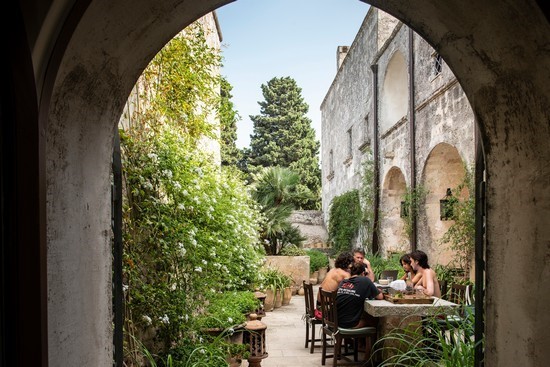
Tonight in Lecce, the tramontana takes center stage
and the effect is like a fan blowing at medium speed on a still, hot evening.
Doors of street front homes away from the more touristy main drag are slowly
opening after long afternoon siestas, and nonne in house dresses hang laundry
while they chat with neighbors and passersby.
I join the evening stroll known as the passeggiata,
mingling with both Italian and foreign visitors and stopping into a number of
the city’s many churches (there are more than 40 in total) along the way. With
its abundance of fine architecture and art, the city looks its best in these
final hours before sunset, seemingly illuminated by a golden light from within.
It is the limestone of the Salento, the southernmost area of this southernmost
region, where the rock is soft and gentle for carvers, that provides the building
blocks of the architecture here. Carparo, mazzaro, pietra Leccese, tufa — each
stone offers a slightly different patina. Carvings make the facades come to
cinematic life — cherubs, lions, and griffins vie for the central role, as more
stately religious types like angels and saints seem to try to tame their
cavorting, to little effect.

After my church hopping, I find my way to Saloon
Keeper 1933, a speakeasy-style bar with artisanal cocktails, bearded
mixologists, and mismatched furniture. Antique carpets lie under 1920s leather
club chairs and framed vintage photographs hang from the walls. But what sets
it apart from a similar spot in, say, New York or London, is that it sits smack
in front of the Chiesa di San Niccolò Dei Greci, a compact and still intact
example of the city’s Byzantine church architecture. Locating a new generation
of hospitality and entertainment outposts within a stone’s throw (and sometimes
even within) some of the region’s most historic monuments and city centers is a
trend all over Puglia, but especially here in the Salento.
Exploring the stiletto
This part of the country has
been subject to many an invasion, and the castles that dot the coastline were
the line of defense against the Saracens, Normans, Turks, and Spanish who sometimes
briefly dominated here. Now it’s a gentler conquest, a new generation of
hotels, restaurants, bars, and beach clubs, opened by foreigners seduced by the
area, Pugliese looking to put their region on the map, and Italians from other
parts of the country wishing to create a new life close to the sea.
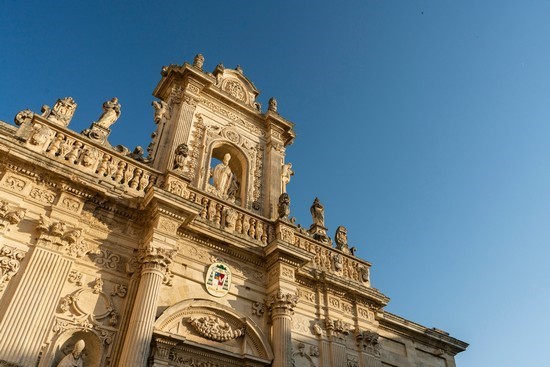
Athena McAlpine was one of the first hoteliers to
take the plunge, moving here in 2002 after living in London for many years. She
and her husband, Alistair, opened the Convento di Santa Maria di Costantinopoli
in Marittima di Diso, transforming a former Franciscan monastery’s cloister and
monks’ cells into a one-of-a-kind hideaway with a museum-worthy collection of
art and artifacts (doubles from 432 euros or about $440). Rob Potters, from
Australia, created Masseria Trapanà after visiting the area from Tuscany where
he was a hotel consultant. He resuscitated a derelict building just north of
Lecce that had not been lived in for 200 years into a light-filled luxury
resort (doubles from 290 euros).
Former Pepsi CEO Massimo Fasanella d’Amore di
Ruffano and his partner, Diana Bianchi, renovated his family’s unused
900-year-old castle over the course of four years, uncovering its 17th-century
frescos and adding a new state-of-the-art cooking school at the Castello di
Ugento in the city of the same name in the southern part of the peninsula
(doubles from 400 euros).
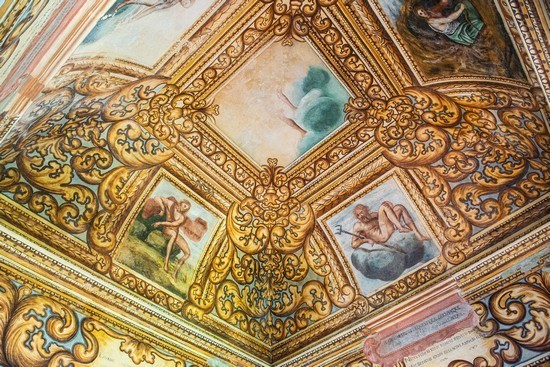
And then there has been the arrival of celebrities,
too — Helen Mirren has a home in Tiggiano near Tricase, Meryl Streep has a
property on the coast and Gérard Depardieu has a pad in Lecce.
What is it exactly that’s so seductive about the
Salento, I wonder as I crisscross the peninsula in late June shortly after we
are given permission to shed our pandemic masks in Italy. To start with, there
is the spectacular sea, with some of the most beautiful beaches and ports in
all of Italy. On a Saturday morning, I head to the Castro Marina, one of the
most atmospheric of the small rocky ports that dot the Adriatic coastline. I
join the bodies of all shapes and sizes along the dock and rocks that provide
natural diving boards into the sea to swim laps in the emerald-turquoise water.
Interior surprises
I have visited Otranto on
almost every trip to Puglia. The UNESCO-protected city, about half an hour
drive south from Lecce, is one of my favorites in the Salento, with its
magnificent 12th-century cathedral and mosaic floor representing the “Tree of
Life”.
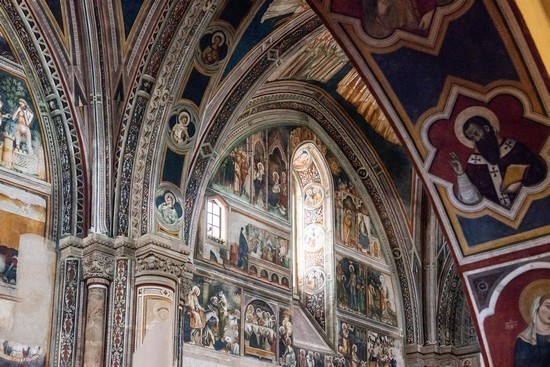
I could spend hours looking at the imagery with its
mythological creatures and biblical scenes. It’s also a very cool spot to sit
on a baking hot day. Outside it takes a moment for my eyes to adjust to the
bright sun. I follow the town’s washed-cream walls bleached by salt and watch a
pickup soccer game on a small beach alongside the ramparts; the tween boys celebrate
each goal with a plunge into the sea, leaping off the rocks with the bravado of
Francesco Totti, the former Roma football star. It’s a moment of unbridled joy.
On my last night, I meet Athena McAlpine, the
hotelier, for dinner in Tricase Porto, the port outside the main town. Our
first stop is Bar Menamè where the locals are sipping Aperol spritzes as the
DJ’s bass almost moves the chairs under us. From there we move to the nearby
Caffè d’Oltremare, a new arrival to the port. Here, Greece meets the Salento,
and ouzu and local wine are poured in equal measure.
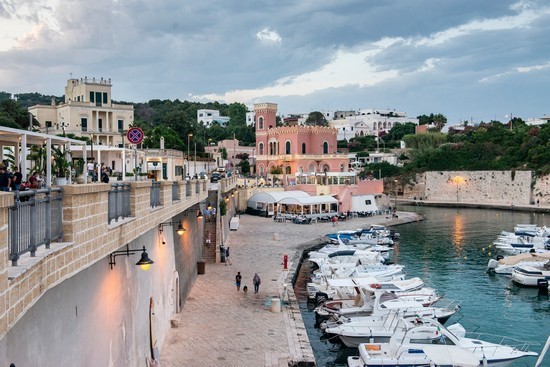
Afterward we head into Tricase, the town itself,
arguably the loveliest in the Salento, and one of the epicenters for second
homes in the region. We stop at G & Co which has won the Tre Coni award
given to the country’s best gelaterias by the Gambero Rosso food guide three
years in a row. Even though it is midnight, people are flooding into Piazza
Pisanelli, the main square. At Farmacia Balboa 20-something mostly foreign
tourists are drinking artisanal cocktails as kids run around the square with
abandon. And maybe that’s the chief ingredient of this Salento in transition,
joy in many forms.
And who does not need that right now?
If you go
A rental car is essential to
explore the Salento. You can pick one up at one of Puglia’s airports like Karol
Wojtyla Airport, in Bari, or Papola Casale Airport in Brindisi. There is also a
high-speed rail service between Rome and Lecce which takes about three hours.
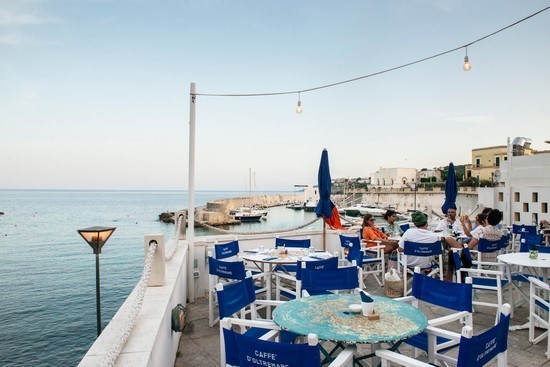
You can either set up shop in Lecce and take day
trips from there or take up residence in another of the Salento’s towns. In
Lecce, the Fiermontina is a cluster of thoughtfully re-imagined historic
buildings turned into a boutique hotel (doubles from 320 euros). In addition to
the hotels mentioned above, outside of Lecce the choices include the
19th-century Palazzo Daniele in Gagliano del Capo filled with contemporary art
and close to some of Salento’s most spectacular beaches (doubles from 423
euros), while Palazzo Presta in Gallipoli has 10 rooms in the historic center
of town (doubles from 200 euros).
The recently opened Castello di Tutino is a good
example of the area’s resuscitation of former monuments: This 15th-century
castle on the outskirts of Tricase now serves drinks and dinner as well as
hosting musical concerts from traditional local pizzica music to jazz.
Read more Travel
Jordan News



